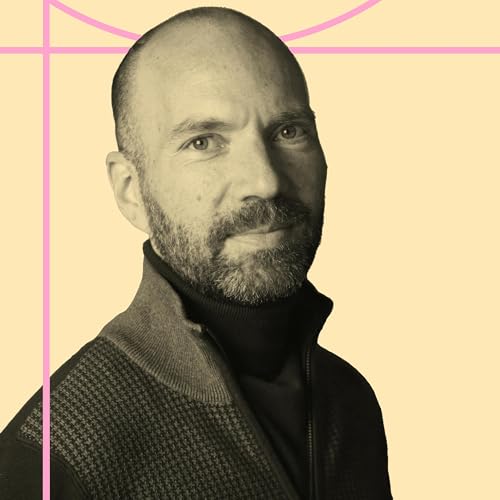Design is a problem solving discipline. We research user needs, explore solutions, make things, and ship them. But one important stakeholder is often missing from the conversation: the world we live in. What toll do the products we design impose upon the environment? Sustainability is an essential part of the discipline of design, but not understood by designers. If only we had a manual to get us up to speed. This is a preview of a paid episode. Access the full episode on our Substack: https://designbetterpodcast.com/p/jeremy-faludi Our guest today, Jeremy Faludi, has spent a lot of time researching, writing, and thinking about environmental impact and design. He’s a researcher and author of Sustainable Design: From Vision to Action. Jeremy has spent decades helping companies move beyond good intentions to evidence-based decisions—from working with Stanley Black & Decker to pioneering biomaterial 3D printing at Delft University of Technology. How much power do you think large language models use? The answer is surprising. We explore why a hairdryer company wasted nine months of engineering time on plastic reductions, how systems thinking reveals the true environmental impact of our designs, and the materials research going into sustainable 3D printing. Bio Jeremy Faludi is an assistant professor of Design for Sustainability at TU Delft’s Faculty of Industrial Design Engineering, where he focuses on sustainable design methods and additive manufacturing. He created the Whole System Mapping method and in 2004 designed the Biomimicry Institute’s first online database, now known as AskNature.org. His work spans from practical design—including a bicycle featured in the Smithsonian Cooper-Hewitt Design Museum’s 2007 “Design for the Other 90%” exhibit—to developing tools for life cycle assessment, product reparability, and health hazard assessment. In green 3D printing, he’s a leading voice, having written the OECD’s policy recommendations and the Additive Manufacturer Green Trade Association’s first white paper, along with publishing the industry’s most comprehensive life cycle assessments. Originally trained as a physicist (he helped improve LIGO’s vibration damping system to pay for design school), Jeremy worked as a sustainable designer in industry for fifteen years before returning to academia. He’s taught at Stanford, Dartmouth, and Minneapolis College of Art and Design, and has contributed to six books on sustainable design, including Worldchanging: A User’s Guide for the 21st Century. He’s also created multiple online courses for organizations like VentureWell, the Cradle to Cradle Product Innovation Institute, and Autodesk. In 2012, he created StreetNatureScore.com, which used 11 billion satellite imagery datapoints to provide nature scores for any US address. *** Premium Episodes on Design Better This is a premium episode on Design Better. We release two premium episodes per month, along with two free episodes for everyone. Premium subscribers also get access to the documentary Design Disruptors and our growing library of books: You’ll also get access to our monthly AMAs with former guests, ad-free episodes, discounts and early access to workshops, and our monthly newsletter The Brief that compiles salient insights, quotes, readings, and creative processes uncovered in the show. And subscribers at the annual level now get access to the Design Better Toolkit, which gets you major discounts and free access to tools and courses that will help you unlock new skills, make your workflow more efficient, and take your creativity further. Upgrade to paid
Show More
Show Less
 25 mins
25 mins 50 mins
50 mins Oct 28 202522 mins
Oct 28 202522 mins 29 mins
29 mins 1 hr and 12 mins
1 hr and 12 mins 59 mins
59 mins 28 mins
28 mins Sep 23 202547 mins
Sep 23 202547 mins

